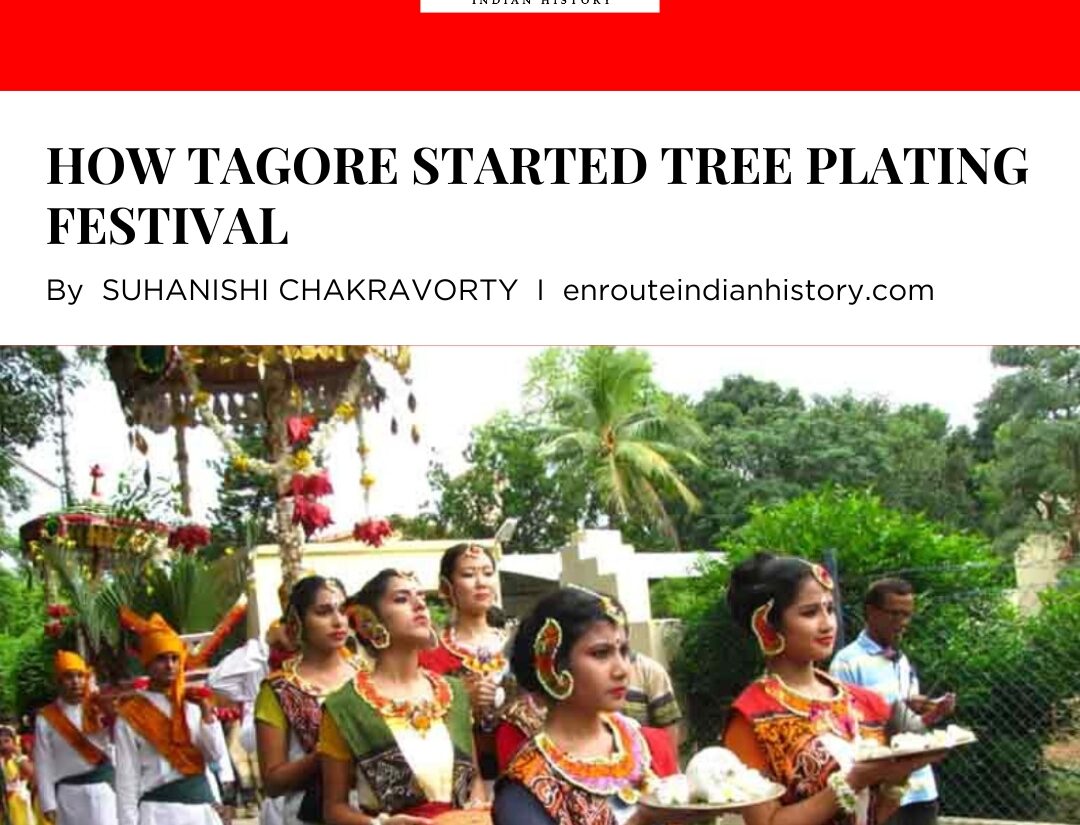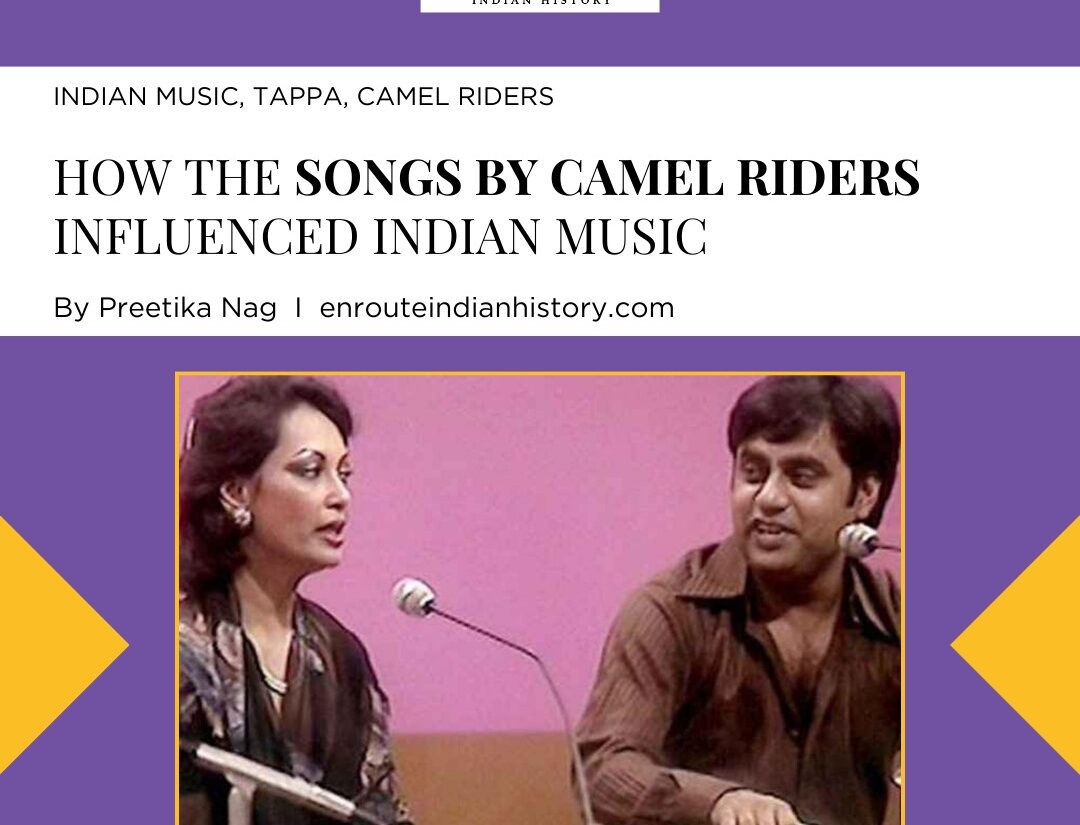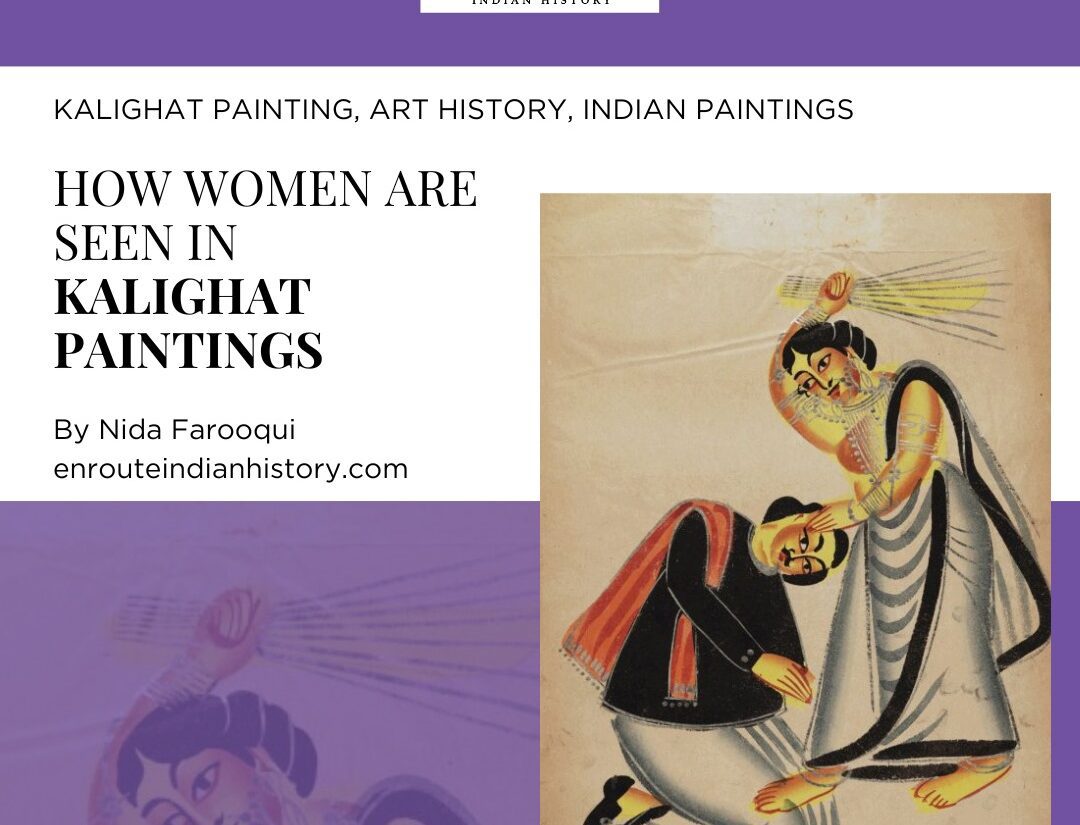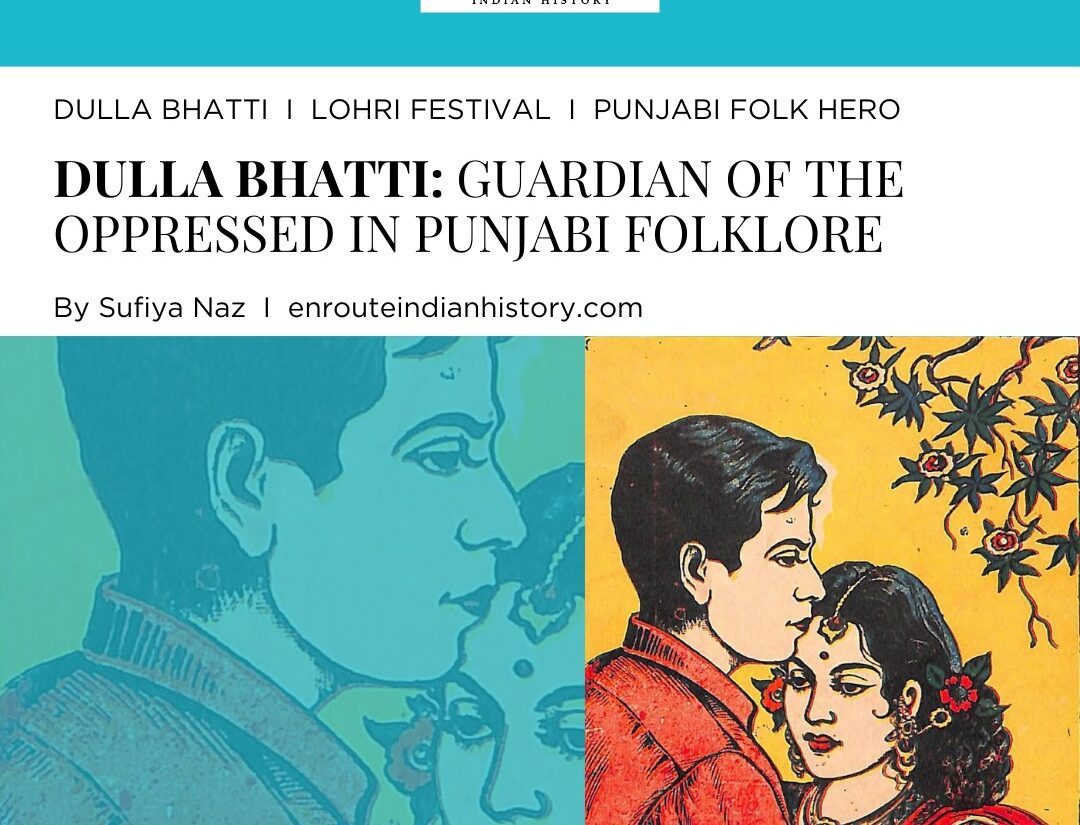
Rains bring coolness, a freshness and a promise of comfort which is inevitable after the long days of summer. India has always managed to prove worthy by accepting the challenge of summer to dancing in the celebration of harvest, songs and the urge to meet with the lover. The tropical monsoon in India is not just only monsoon but also a way of expression and preservation of nature (Mitra and Mitra, 2018). While there are thousands of ways in which trees are celebrated and sometimes made part of human lives as well some festivals are beyond everything. Tagore, the well-known Nobel laureate has started a festival in his created town for perfection named Santiniketan.

The sapling is carried in a wooden palki, source: Gayen,2019
Many have an idea about the place. It is primarily a University town in West Bengal that tried to focus on the alternative education system inspired by the ancient Gurushishya, a residential structure rather than the British-endorsed education system that centred on making employers for the colonized India. Besides this, the township has special festivals very different and peculiar from the rest of Bengal. Although more than a hundred years after its establishment, it is not so unpopular. One such festival is the tree planting festival called ‘Brikhhoropon’. The word translates to planting a tree.
History
While tree planting during the monsoon season is not a very uncommon festival anywhere. From Bengal to Maharashtra to the South of India there are thousands of examples of utilizing the fertile land in the monsoon to bring the next generation of trees. It has been a responsibility. Brikkhoropon began as a continuation of the simple act of planting five trees of one Asvattha, Banyan, Bel, Ashok and one Amla tree to recreate the ancient ‘Panchavati’ (Gayen, 2019). The man was 64 years old. Then in the year 1928 monsoon, he planted another Bakul tree near the Sriniketan which was regarded as the first Brikhsharopon Festival. Young girls danced around it while playing the shankha and chanting mantras to help the sapling grow took place. Although this was not exactly the monsoon festival as we see it today this was the beginning of the century-long celebration of rains and trees that was about to take place.
In the year 1936, the festival came to life with a following week-long celebration of the rain. This was also the year when the festival outgrew itself from the campus and the local village started accumulating in this (Gayen, 2019). This is further named as ‘Borshaboron’. ‘Borsha’ denotes monsoon and ‘boron’ denotes accepting. ‘Brikkharopon’ can also be broken like that. ‘Briksha’ denotes trees and ‘ropon’ denotes planting.
This was also the year when the festival outgrew itself from the campus and the local village started accumulating in this. Soon another festival of tree-planting ceremony started to take place. This was designed especially for the villagers and villages around the campus. This time an elaborate ritual of sowing of the soil with cows was also introduced (O’Connell, 2010). One should not take into account that this is fake, it sure is the practical and most important festival that was and still is the festival to circulate seeds for the next harvest among the local farmers.

(The procession, source: Gayen, 2019)
What happens exactly on the day?
In the year 1941 Tagore could not make it to the day. After a couple of months of his passing the festival took place by the lead taken by Rathindranath Tagore, his son. Since today as a custom the festival takes place on the death anniversary of Tagore it is always in the first week of August (Gupta, 2002). This is the day chosen by the authorities when the monsoon is at its peak. The residents and the stakeholders are observing rain and thus the possibility of the sapling surviving is way higher than in other seasons.
Let’s look at the day.
It is a mid-monsoon day and there are people gathered at the festival. First children from the university-affiliated school dance their way towards the location with a song that talks about the victory over the desert. Then, there is a beautifully decorated palki comes into the scene where four boys are carrying and two are holding an umbrella on the palki (Mohanlal et al., 2010). Guess who is the palki? The sampling itself. There are five girls beautifully adorned in flower jewellery accompanying the palki.
These girls are representative of the five forces of earth that will eventually help the sapling to grow. All of them carry this in their sari as well. Although, essentially, they were similarly made jewellery the difference can be noted in the colour of their blouse and the border of the sari. They are actually the representative of wind (carrying a hand pankha in hand), fire (carrying a fragrant smoke pot), earth (carrying a pile of soil from the field), water (carrying an earthen waterpot) and life (this girl plays the sankha) (Gayen, 2019).
Then after this procession, the palki is rested at the location. Here five boys are dressed as representatives of five forces again. But here they are referred to by their names from the Upanishads. These are the five bhoots that are called ‘khiti’, ‘aap’, ‘tej’, ‘marut’ and ‘byom’. The boys are little hence they are generally spared of the responsibility of chanting the slokas from the Upanishads. After this elaborate ceremony, the sapling is finally planted. The plantation is usually done by the vice president himself.
Bengal is adapting this
While it is somewhat an injustice to expect that people all around the state or world will be able to understand the philosophy of it the system of ritual has been successful in keeping the festival alive. Earlier, veteran painters like Nandal Bore, Ashit Haldar and Mukul Dey and such people used to paint the decoration. Later it was further taken by forward by painters like Gouri Bhanj, Nanigopal Ghosh. Today the students are following these heritage patterns and bringing the soul alive.
Outside Santiniketan any tree harvesting festival today which is not influenced by Western cultures has some form of this festival in it. The concept of invoking the whole universe to protect the sapling is a message in itself. In adaptations, one thing is found which is the children dancing their way towards the location.
Celebration of rain
While pop culture today is hugely promoting the marriage of frogs to bring back rain there have been mentions of rain and its celebration in the Upanishads for a really long time. In Maharashtra, people have been getting married with trees in the monsoon to avoid inauspicious events in the family and such. Nature is live when monsoons and rain are hitting the grounds. The Brikkharopon is a festival that not only carries emotion and nostalgia but also the philosophy associated with it helps be at par with the responsibilities towards nature that is reminded in the form of rain each year.
Bibliography
Gayen, S. K, 2019 Bongodorshon. Available at: https://www.bongodorshon.com/home/story_detail/tree-plantation-festival-of-shantiniketan-in-22nd-sharavana (Accessed: 8 July 2024).
Mitra, J. and Mitra, S., 2018 Tagore’s Rain Songs A Review in Context of Traditional Indian Monsoon Ragas.
Mohanlal, S., Sharada, B.A., Fatihi, A.R., Gusain, L., Karunakaran, K., Bayer, J.M., Ravichandran, S.M. and Baskaran, G., 2010 Rabindranath Tagore’s Views on Education.
Gupta, U.D., 2002. In Pursuit of a Different Freedom: Tagore’s world university at Santiniketan. India International Centre Quarterly, 29(3/4), pp.25-38.
O’Connell, K., 2010. Rabindranath Tagore: envisioning humanistic education at Santiniketan (1902-1922). International Journal on Humanistic Ideology, 3(02), pp.15-42.
O’Connell, K.M., 2010. Tagore and education: Creativity, mutuality and survival. Asiatic: IIUM Journal of English Language & Literature, 4(1).
- January 17, 2024
- 10 Min Read
- November 2, 2023
- 9 Min Read
- October 19, 2023
- 7 Min Read





















